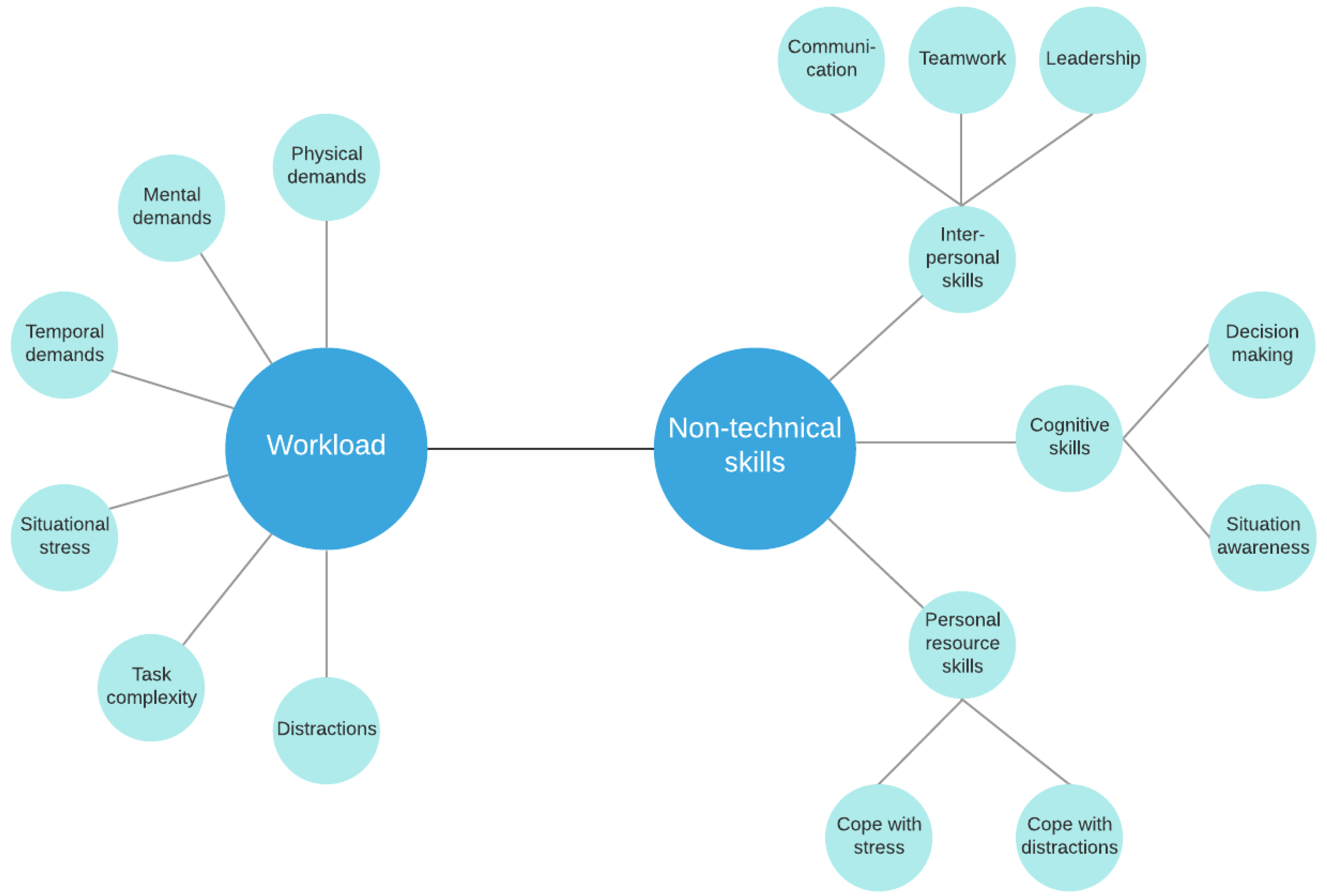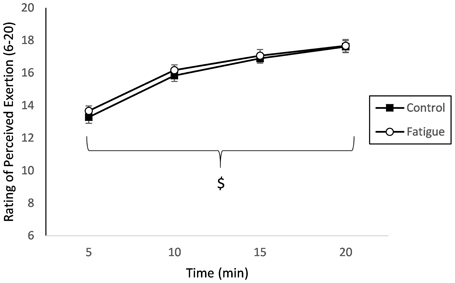
Ghurye (1893-1983) Govind Sadashiv Ghurye is a towering figure in intellectual and academic life of India.

#Dundee stress state questionnaire pdf download
2015.pdf Guidelines.pdf Kinship 1 (New Ed.).pdf Kinship 2 (New Ed.).pdf Modernity and Emergence of Sociology (1).pdf Nationalism.pdf PI-T5 Equality.pdf Download all form :- Download all form :- PI-T5 Inequality and Hierarchy.pdf Political Parties.pdf Pressure Groups.pdf Protest.pdf Race and Ethnicity.pdf Religion and Science.pdf Religious Fundamentalism.pdf Scope of the subject and comparison with other social sciences (1).pdf Secularization.pdf Social Exclusion in India.pdf Social Exclusion.pdf Sociology and Common Sense (1).pdf Sources and causes of social mobility.pdf State.pdf Theories of Social Movements.pdfĭownload all form :- Download all form :-Aditya Mongra Professor’s Classes-G. Specifically, Distress increased and Task Engagement decreased from pre- to post-vigil.Download all form :- 1 Ghurye - A Biographical Sketch.pdf 1 Historical Materialism (1).pdf 1 Kinship.pdf 1 Middle Range Theory.pdf 1 Modernity and Emergence of Sociology (1).pdf 1 Modernity and Emergence of Sociology.pdf 1 Qualitative and quantitative methods.pdf 1 Science, scientific method and critique.pdf 1 Social Action.pdf 1 Social Exclusion.pdf 1 Social Fact.pdf 1 The Structure of Social Action.pdf 2 Class Struggle and Social Change (1).pdf 2 Division of Labour.pdf 2 Functional Analysis.pdf 2 Ghurye on Caste.pdf 2 Major theoretical strands of research methodology.pdf 2 Marriage.pdf 2 Social Mobility.pdf 2 Techniques of data collection.pdf 2 The Social System.pdf 2 Verstehen.pdf 3 Asiatic Mode of Production (1).pdf 3 Fact, Value and Objectivity.pdf 3 Family.pdf 3 Ghurye on Tribe.pdf 3 Observation.pdf 3 Social Change.pdf 3 The Protestant Ethic and Spirit of Capitalism.pdf Download all form :- Download all form :- 3 The Rules of Sociological Method.pdf 4 Alienation (1).pdf 4 Bureaucracy.pdf 4 Content Analysis.pdf 4 Ghurye on Indian culture.pdf 4 Parsons - An Assessment.pdf 4 Reflexive Sociology.pdf 4 Suicide.pdf 5 Focus Group.pdf 5 Ghurye - The Nationalist.pdf 5 Marx -An Assessment.pdf 5 Religion and Society.pdf 5 Weber - An Assessment.pdf 6 Durkheim - An Assessment.pdf 6 Ghurye - An Assessment.pdf 6 Variables and Hypothesis.pdf 7 Comparative Method.pdf A.R.Desai.pdf Agitation.pdf Citizenship.pdf Class.pdf Collective Action.pdf Guidelines - Updated Aug. The results indicated that the cognitive tasks and the sensory task elicited the same pattern of stress reactions found in several other studies employing the DSSQ to assess the stress of sustained attention (Matthews et al., in press). In addition to blood flow measurements, this study also examined stress reactions to the cognitive as compared to the sensory vigilance tasks by means of the Dundee Stress State Questionnaire (DSSQ, Matthews et al., 1999). Results are consistent with prior neuroimaging findings of right hemisphere dominance in vigilance, but not with arguments that signal detections and response time are equivalent measures of the same underlying process (Buck, 1966). Blood flow in the right middle cerebral artery paralleled performance, indexed in terms of the accuracy of signal detections, for all three tasks, but not the speed of signal detections. Accordingly, this study measured TCD-determined blood flow during the performance of two cognitive tasks (simple and complex), as well as a sensory task. Nothing is known about blood flow changes with these types of vigilance tasks. Such tasks are termed cognitive vigilance tasks (Davies & Tune, 1969).

However, vigilance tasks can also require discriminations that are more symbolic than sensory in character.

These studies required observers to make sensory discriminations to detect critical signals. Their research indicated that the vigilance decrement is accompanied by parallel declines in blood flow over time in the right hemisphere. (in press) attempted to overcome the limitations of previous studies through the use of the Transcranial Doppler Sonography (TCD), a noninvasive neuroimaging technique that permits continuous monitoring of blood flow velocity in the mainstem intracranial arteries. Thus, Parasuraman, Warm, and See (1998) have argued that the functional role of these brain systems in vigilance remains generally unknown. Although neuroimaging research has been successful in identifying brain regions involved in vigilance, such research has not related changes in the regions so identified to the efficiency with which observers perform the task.


 0 kommentar(er)
0 kommentar(er)
